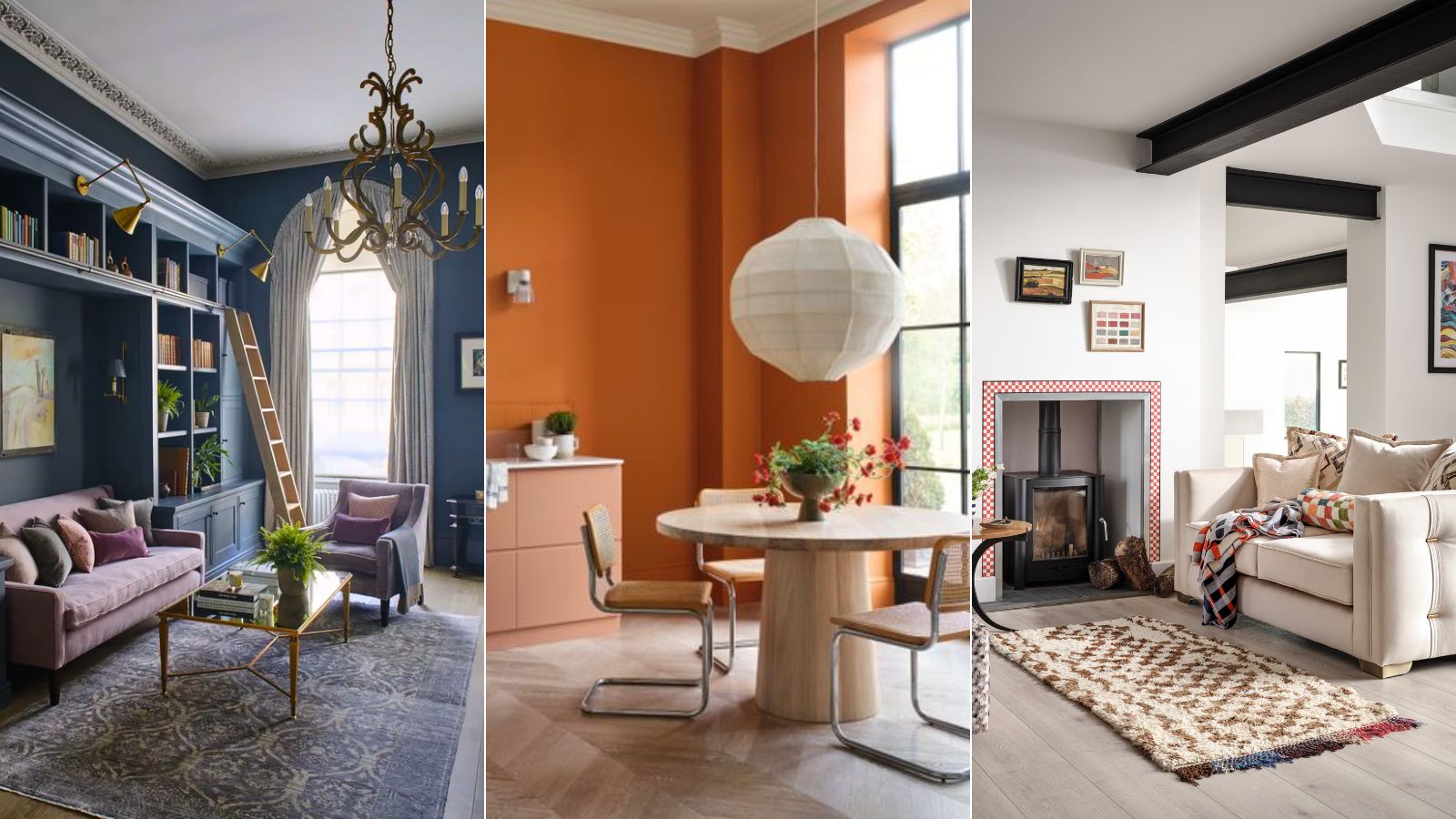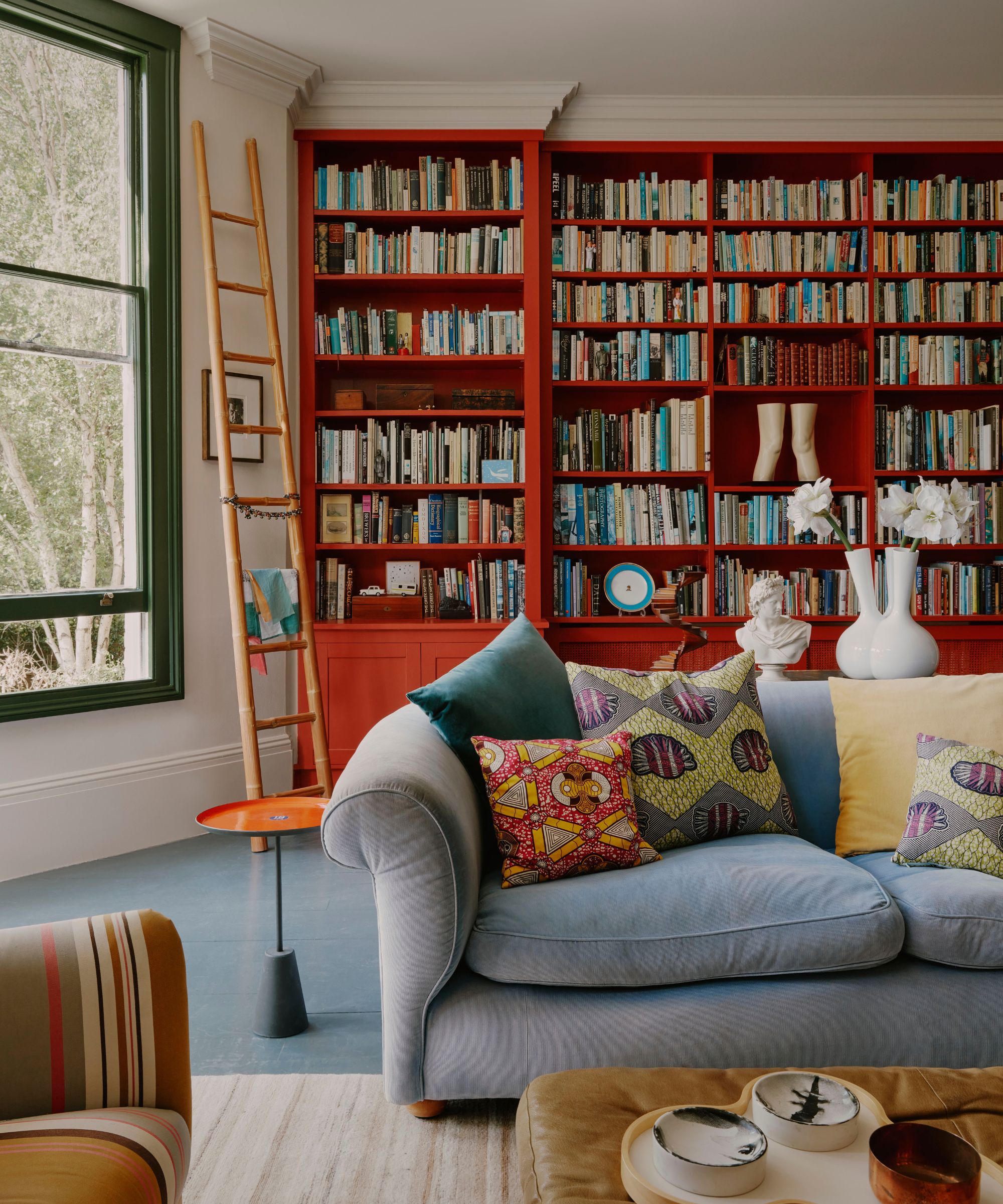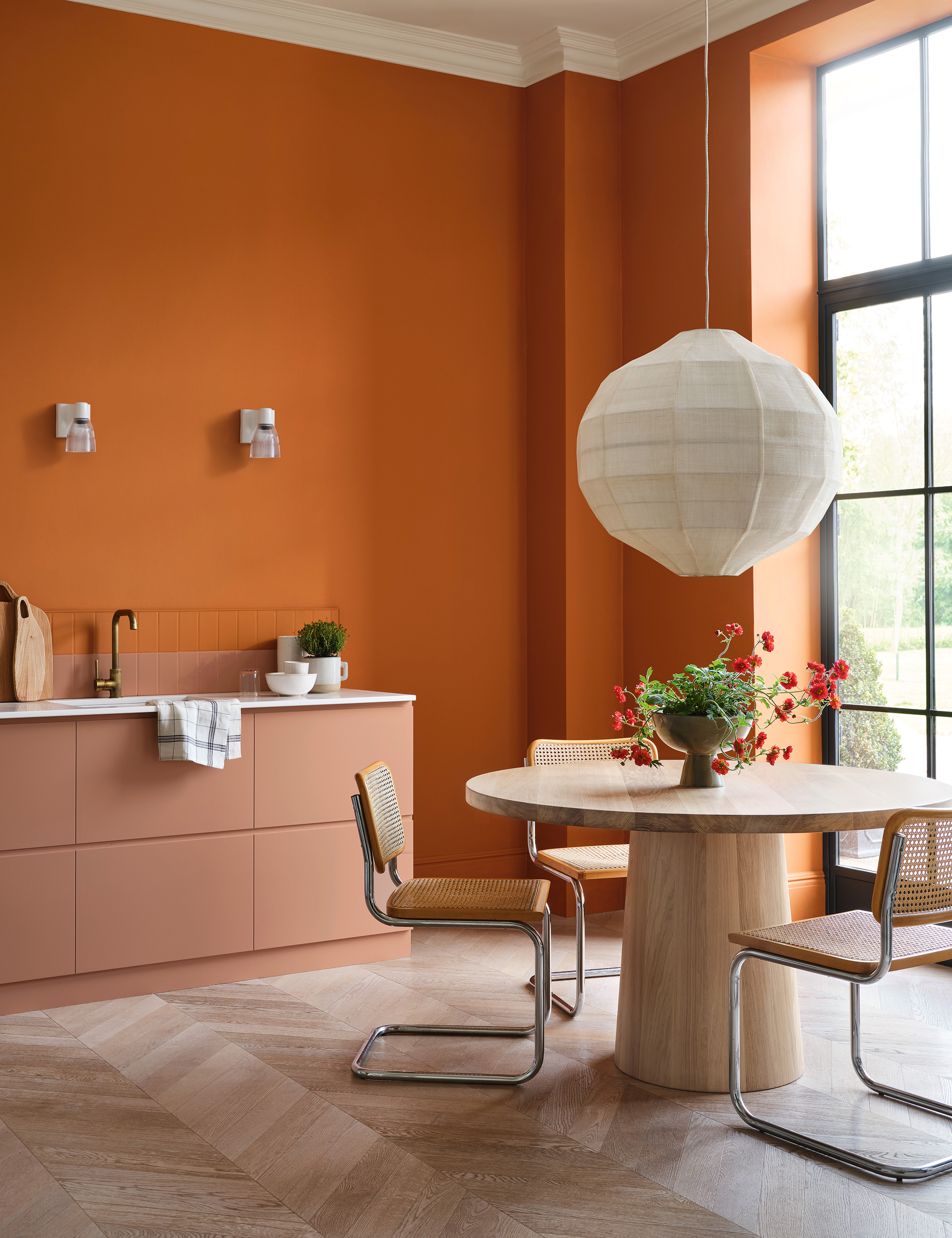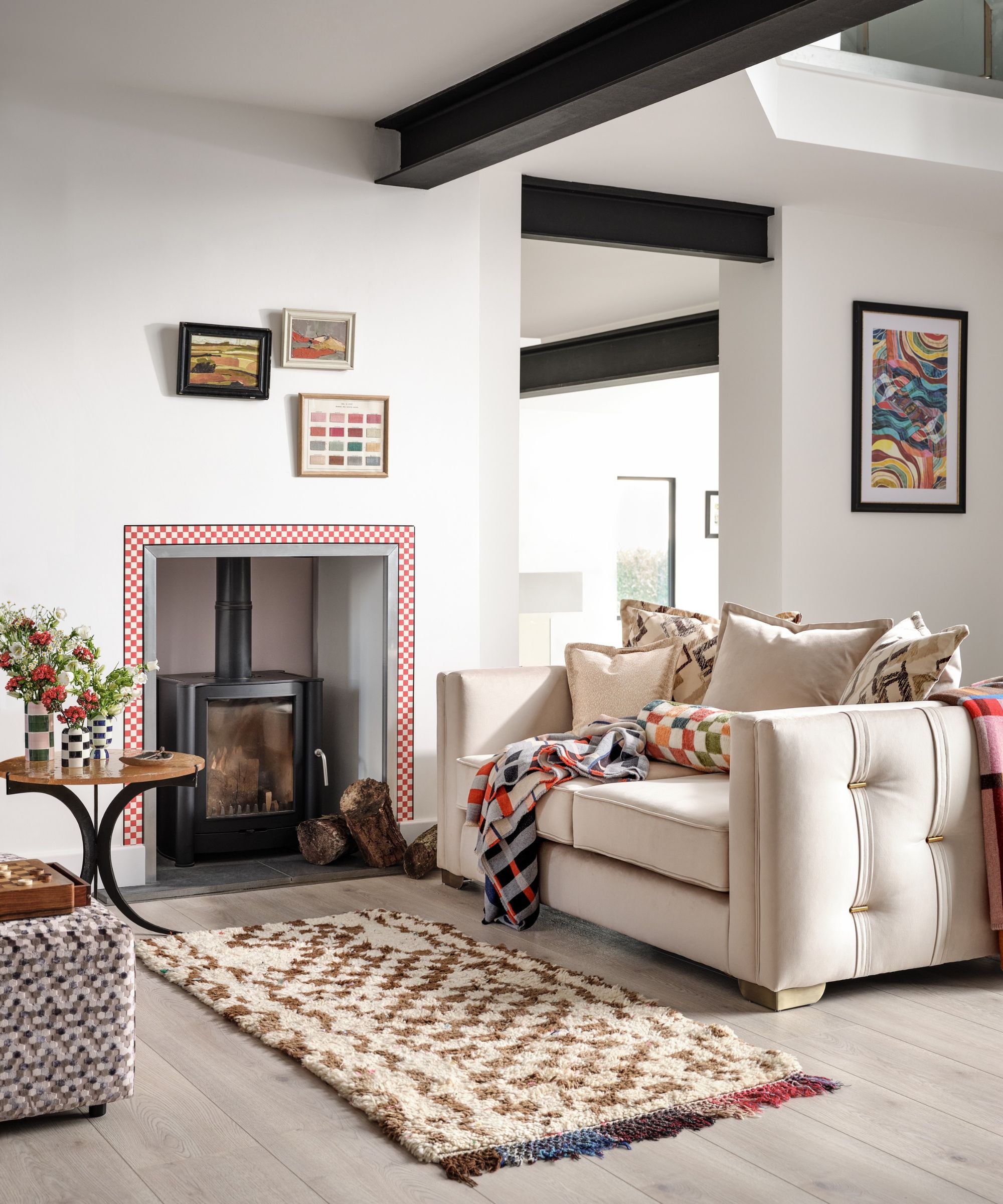
The way you arrange a room can significantly impact the efficiency of heat distribution, meaning a few small changes can create a more comfortable and energy-efficient home.
By simply being more strategic about your furniture placement and room layout – targeting areas prone to heat loss – you can optimize a room for better heat retention and distribution.
Our experts have shared some heat-retaining tricks to keep your house warm by simply tweaking your room arrangement. So, if you want to learn how to cut your energy bills and make your heating more efficient, read on.
How to arrange room to maximize heat
'There is no one-size-fits-all solution for arranging and decorating your home. However, in the cold winter months, when you want your home to be warm and cozy to shield you from the chilly weather outside, you may need to consider the arrangement,' says Ivo Iv, Founder and CEO of Decor Home Ideas.
Nothing is set in stone, but here are some general guidelines on arranging your home to maximize heat:
1. Strategic furniture placement

These are the furniture placement techniques that can make any space in your home feel warmer and furniture arrangement mistakes to avoid that may be having the opposite effect.
Move furniture away from heat sources
'Is there a sofa, bed or desk right in front of your radiator? These large pieces of furniture can soak up the heat in a room – so they’ll get hot, but the rest of the room won’t,' explains Jon Bonnar, Managing Director at Cotswold Energy.
'If you can, avoid placing the furniture near heating sources like radiators, stoves, fireplaces, vents, or space heaters. The more space, the better – but if it’s a small room, even increasing the gap by a small amount can make an impact.'
Additionally, seating or beds should be positioned away from drafty areas like poorly insulated windows or doors. By doing so, you can enhance comfort when relaxing at home, meaning you won't need to crank up the thermostat as much.
Enhance air circulation
It is important to enable air to circulate freely throughout a room to promote even heat distribution. Keep items like furniture and drapes away from heat sources to avoid obstructing the flow of warm air, leading to cold pockets forming.
For example, 'If the radiators in your home are placed under the windows, ensure that the window treatments don’t cover the radiators and don’t prevent warm air from circulating properly throughout the room,' says Roy Jaramillo, CEO of Amazing Air Solutions. 'Choose drapes or blinds that are either above the radiator or secured in a way that allows heat to escape and distribute effectively.'
One handy way to increase air circulation is to make use of ceiling fans that are set to a low speed to distribute warm air gently without producing a draft.
Place insulating furniture against exterior walls
'Exterior walls are often cold in winter, especially if they are poorly insulated, and placing tall and bulky furniture, such as bookshelves or large cabinets, along them can act as a barrier, reducing the amount of cold air penetrating the room,' says Roy Jaramillo. 'This arrangement will not only help the heat to be efficiently distributed throughout the room but also serve as an additional level of insulation.'
2. Opt for an open layout to enhance heat circulation

'Open floor plans allow warm air to flow freely, ensuring that heat is evenly distributed in all areas compared to closed-off rooms,' explains Ana Coddington, lead interior designer for Archival Designs. 'This is because fewer obstructions can disrupt airflow and block heat from moving freely throughout the space.'
'If partitions are necessary for privacy or organizational purposes, consider using room dividers that do not reach the ceiling, allowing air to circulate over them,' recommends Roy Jaramillo. We love this Zeze divider from West Elm.
3. Target areas where heat accumulates or escapes

Certain areas within a room are prone to either accumulating heat or allowing heat to escape more readily. Identify and target these areas to redistribute warm air.
Target heat accumulation
Ceilings are where heat typically accumulates, with warmer air rising to the top.
Solution: 'Ceiling fans can prevent heat from accumulating there and help distribute it throughout the room,' recommends Roy Jaramillo. 'People tend to think that ceiling fans can only be used in summer, but changing the ceiling fan's rotation to clockwise in winter helps distribute the heat more effectively throughout the room.'
Target heat escaping
Windows and doors are where the heat often escapes due to gaps, insufficient sealing, or the materials' natural thermal conductivity.
Solution: To fix this issue, you can use weather stripping to seal any gaps, use draft blockers to help a drafty door, or install double-glazing or energy-efficient windows to reduce heat loss.
'Poorly insulated exterior walls can also contribute to heat loss, particularly in older homes that may not have been built with modern insulation standards,' explains Roy Jaramillo.
Solution: As well as using insulating furniture against walls, this issue can be addressed by adding external wall insulation.
'According to the Energy Saving Trust, floors account for an estimated 10% of heat loss in the home,' says Jon Bonnar.
Solution: 'Hard floors like wood and tile retain significantly less heat than carpet, so if some of your rooms have hard floors, it can be useful to pick up a large rug for these spaces.' You can also use an insulating floor mat, such as this one from Amazon, under rugs as a cost-friendly way to maximize underfoot insulation.
Installing smart thermostats is a great way to produce some major cost savings and reduce your energy usage for relatively little effort. When used properly, these smart home additions can, according to Just Energy, save you up to $200 a year.







